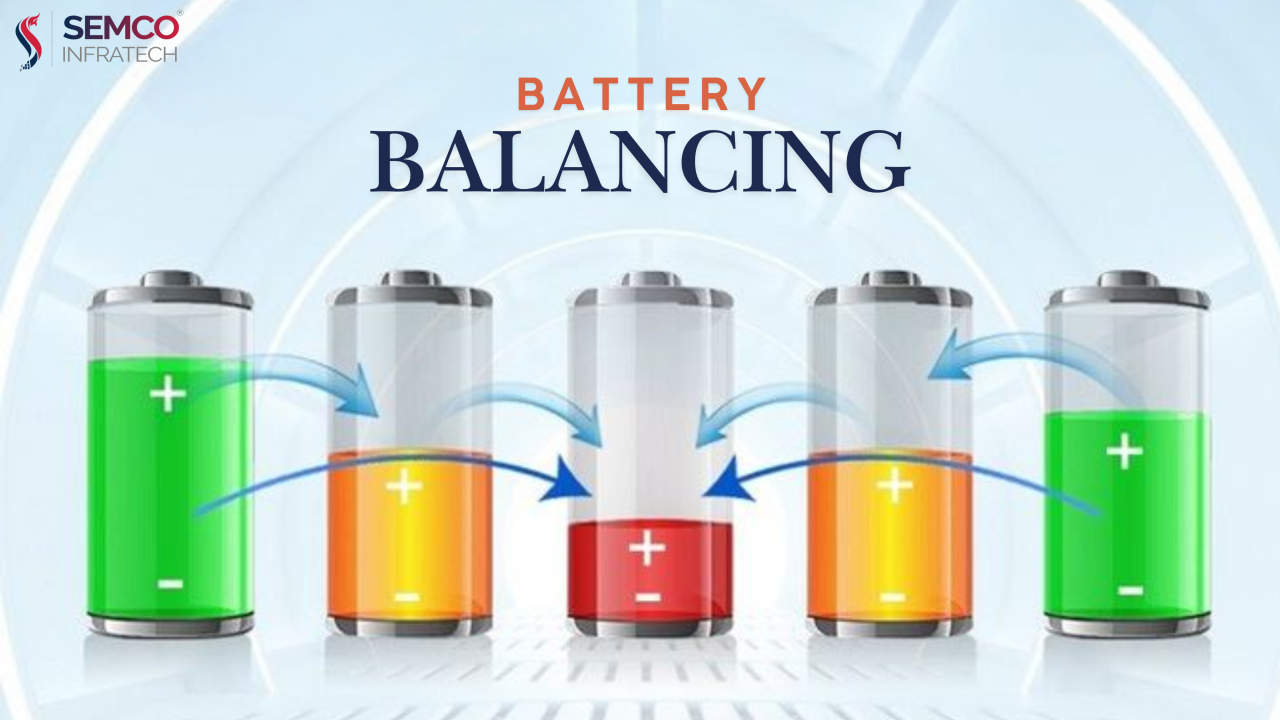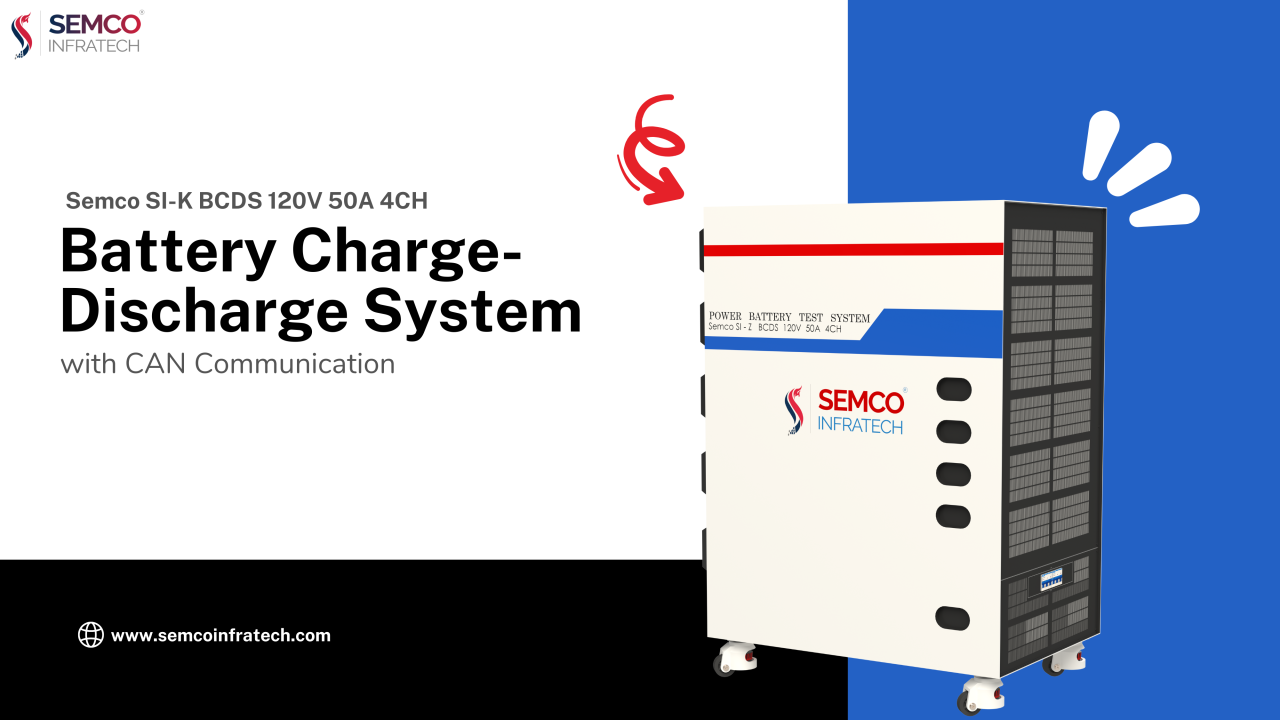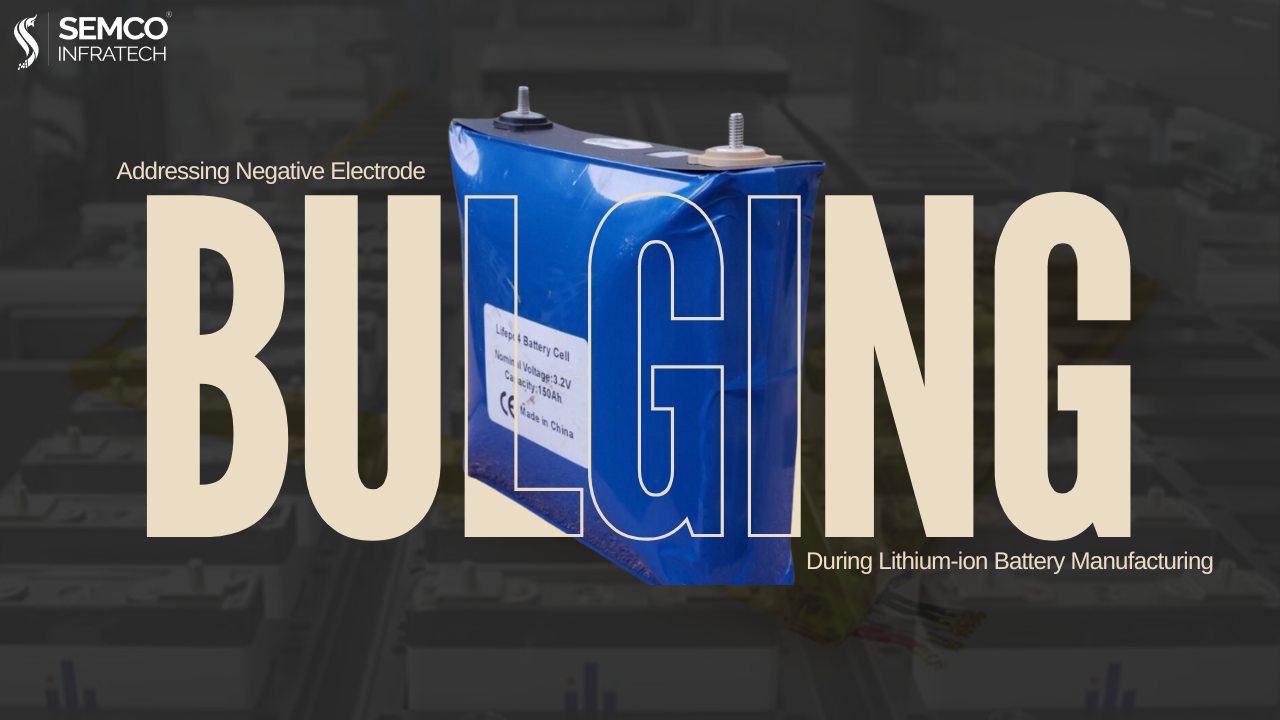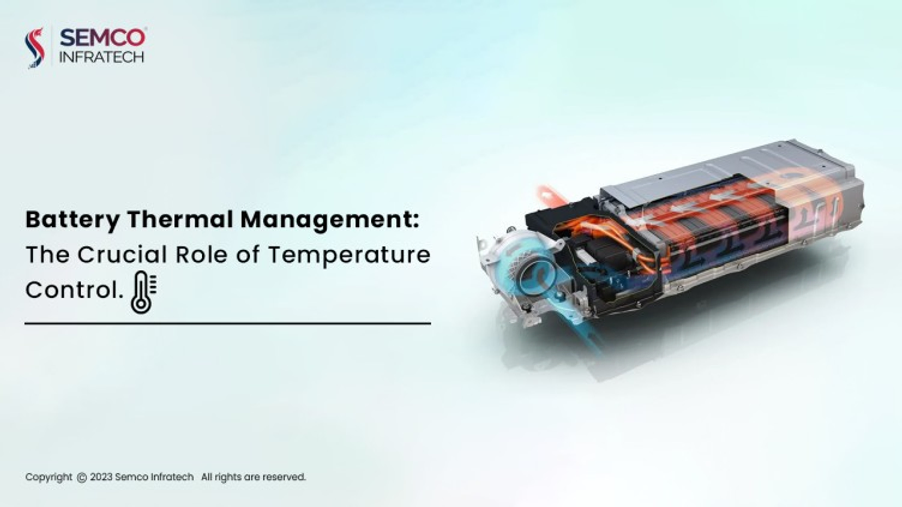Ever notice your EV battery aging faster than expected or your laptop shutting down at 80% charge? The silent culprit is usually battery imbalance, and the unsung hero fixing it is the battery balancer within the Battery Management System (BMS).
Balancing ensures every cell in your lithium-ion battery pack charges and discharges evenly, preventing overstrain or underperformance.
What Causes Imbalance in Lithium Battery Packs?
- Voltage Discrepancies: Variations in cell construction cause uneven voltage levels, affecting performance.
- Capacity Decline: Overcharged cells wear out faster; undercharged ones may cause internal shorts.

This results in the “barrel effect”—your lithium battery balancer only performs as well as the weakest cell.
Passive vs. Active Battery Balancing
Passive Balancing
- Uses resistors to burn off extra energy.
- Found in small gadgets and low-cost battery-making equipment.
- Simple but energy-inefficient.

Active Balancing
- Redistributes energy from strong to weak cells.
- Used in EVs and modern lithium-ion battery assembly systems.
- Enhances battery life and energy efficiency.

Application-Based Battery Balancing Strategies

- Wearables: Struggle with quick charging cycles; passive Li-ion battery balancer may not keep up.
- EVs: Smart BMS prioritizes weakest cells, improving range.
- Energy Storage Systems: AI algorithms in battery balancer units boost efficiency and profit.
Future Trends in Battery Balancing
- Pre-emptive Balancing: Detects degradation early.
- Energy Recovery Integration: Reuses energy from regenerative braking.
- Wireless Balancing: Reduces wiring in compact devices.

These features are influencing future battery-making machines and assembly line designs.
Quick Battery Care Tips
- Limit fast charging; use slow charging from 80%-100%.
- Store devices between 30%-70% charge.
- Choose EVs and systems with active balancing.

Conclusion
Battery balancing technology is the hidden force behind safe, long-lasting lithium energy. From simple gadgets to high-performance EVs, the lithium battery balancer is vital to energy efficiency and safety.





